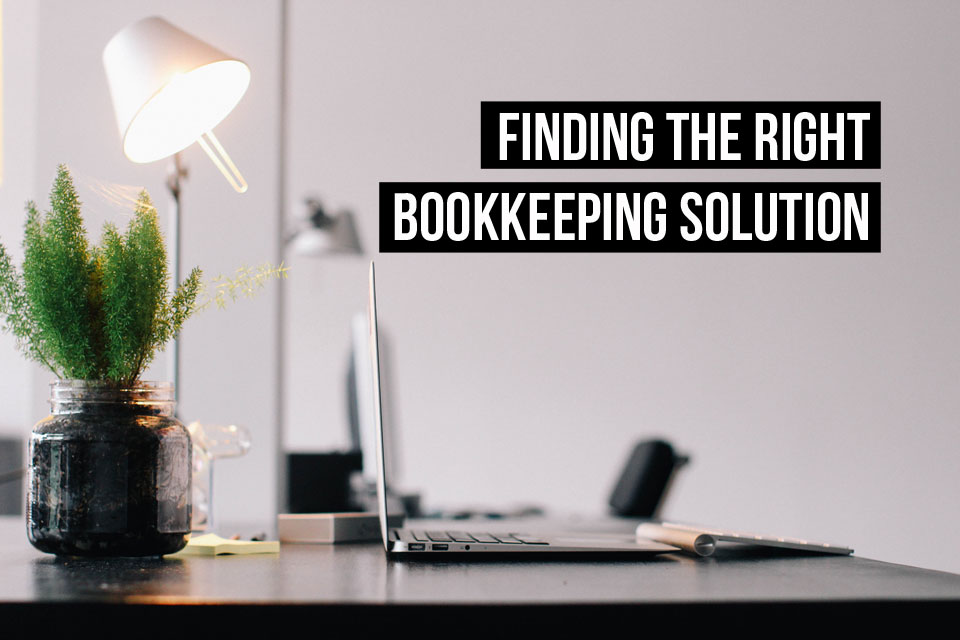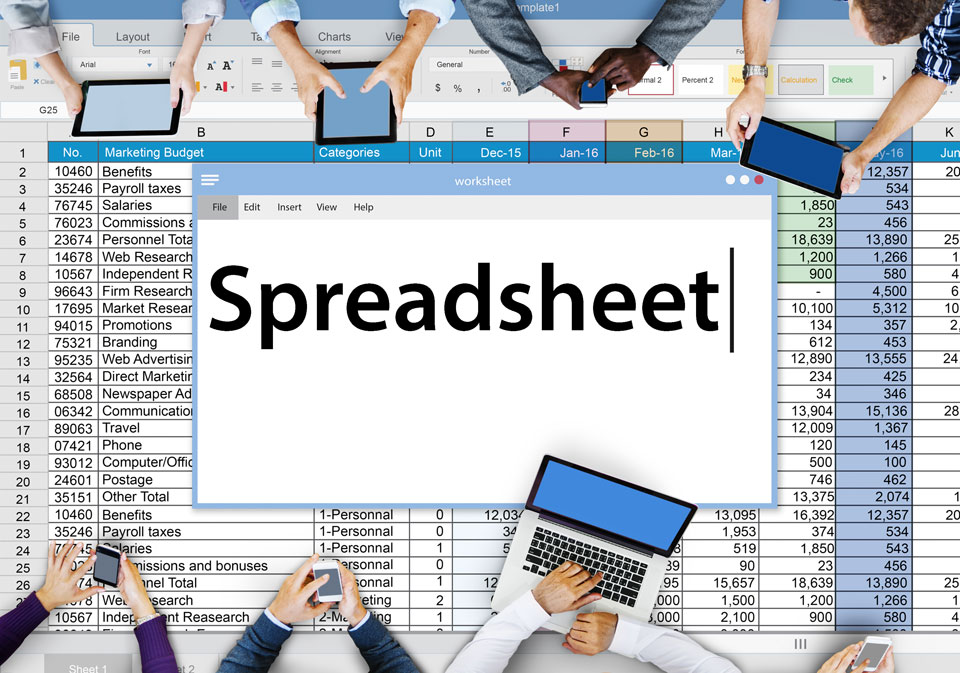Balancing the books. Does the thought of it make you cringe? Or do you suddenly realise that you really should clean the kitchen today? It’s also been ages since you organised your desk...

While these things are important, managing the bookkeeping for your business is also incredibly important. We know you know that. But it doesn’t make it any easier to sit down and get it done.
If you’ve ever let those expenses pile up day after day, or even week after week, you’re certainly not alone. From our experience, self-employed who record each transaction as it occurs are truly the exception, not the rule. But what if it were easy to become one of them? And to avoid the tedious task of sitting down to spend hours catching up on bookkeeping.
Bookkeeping using Excel
For decades, yes, it’s been decades, Excel has been a go-to program for recording and managing financial information. Spreadsheets mean organisation, plus the added calculation features help make Excel an incredibly useful software.
However, Excel is also highly complex. While this means that the possibilities for use are extensive, this also takes a considerable amount of direct study and knowledge of the software.
In addition, a small mistake in an Excel spreadsheet can cause a ripple effect on the financial calculations of a business. Mistakes of this kind of been the cause of even major corporations having dramatically incorrect numbers on their reports.

These are just a couple of the main issues with using Excel for your accounts. Take a look at our Small Business Guide on Excel or cloud-based accounting for a more direct comparison: ‘Accounting: Excel or cloud-based software?’.
Bookkeeping using downloadable software
You’re likely familiar with other software options that are still possible to purchase in a box, where you can then use a series of CDs to install the software directly onto your computer. Most of this type of software now provides an option to download and install the software online, saving you a trip to your local electronics store.
While this software is structured, is generally a 1-time cost, and has been around for a while (giving it the argument that it has been continually developed and improved over time, with each new addition), it has some serious restrictions. Especially in this day and age where our lives are more mobile than ever.
The main drawbacks include:
That you are tied to a particular device. If you install the software on your computer, then that data is only available on that computer. Not particularly helpful when you’re out and about doing business.
That changes to regulations and laws are not reflected in the software. If there are any updates to tax laws, invoice requirements, deductions, etc., the software does not automatically include these - they must be researched by you.
That updates must be installed manually. If the software does release an update, then it must be downloaded and installed on your computer where the software is already installed.
That there is minimal support available. If you encounter a problem with the software or if anything is a bit confusing, you’re lucky if there is a handbook you can refer to - otherwise prepare to spend time scouring online forums for answers.
Bookkeeping from anywhere, in the cloud
The title of this article did promise an option for easy bookkeeping, but so far we’ve taken a look at two of the main options and discussed why these might not be the best if you’re looking for a simple, accessible, affordable solution for your small business.

Today, cloud-based software is becoming more and more ‘the norm’. It has some distinct advantages over traditional software, which generally requires installation, and cloud-based software is also often designed with certain users in mind. Debitoor accounting & invoicing software, for example, is built specifically for freelancers, sole traders, and small business owners without a background in accounting or bookkeeping.
For example, with Debitoor, you can record a new expense by snapping a picture with your smartphone. OCR technology autofills the important details. You can then view or edit the expense from any device.
The expense is automatically included in any financial reports for that period, instantly. VAT amounts are calculated and also added. You can also be sure that these calculations and the way your data is handled is up-to-date, localised to the country in which your business is based. Updates happen automatically, without you needing to lift a finger.
Questions along the way? Debitoor offers free support to users on any subscription. Get help via our in-app chat, through email, or on social media.
